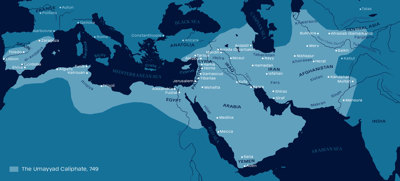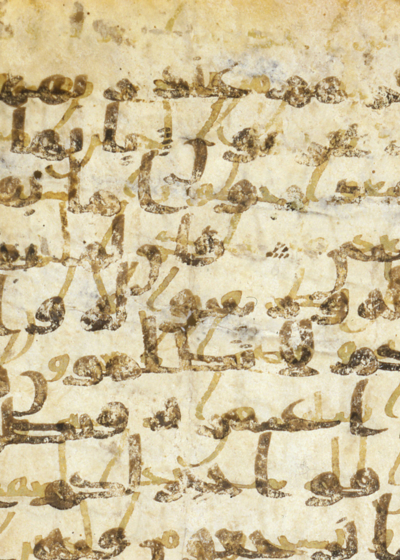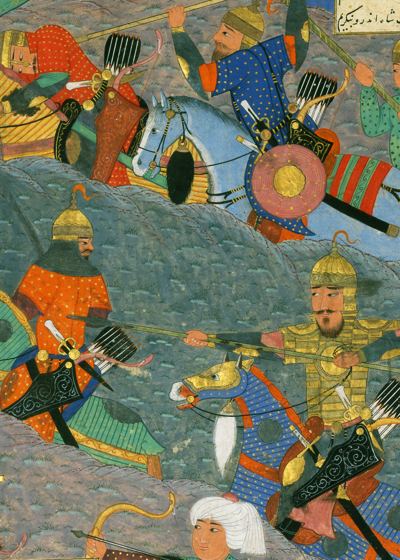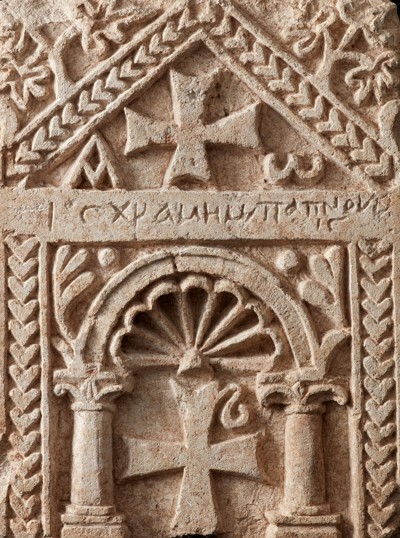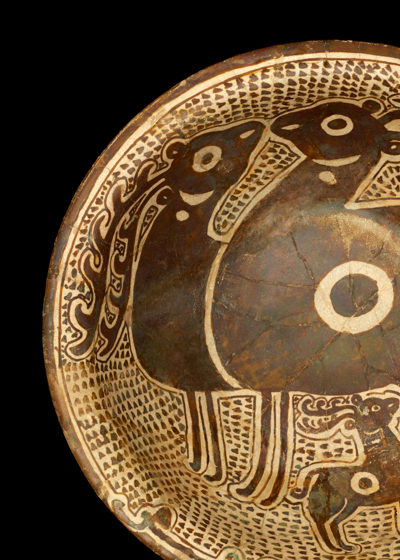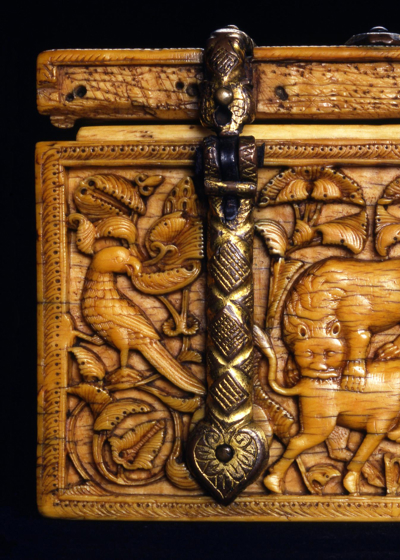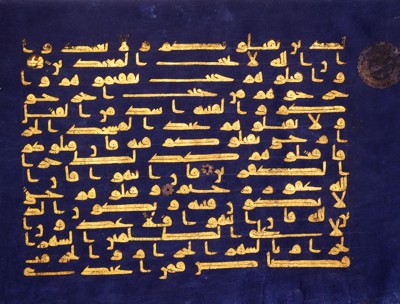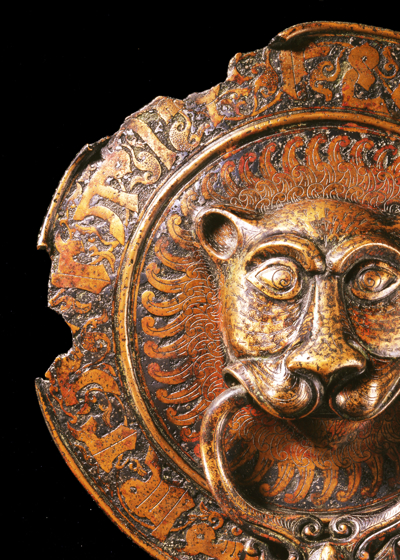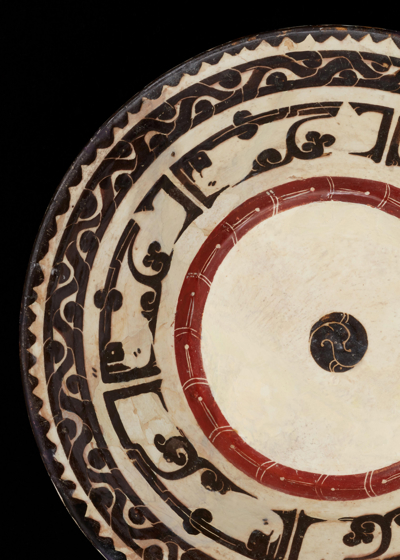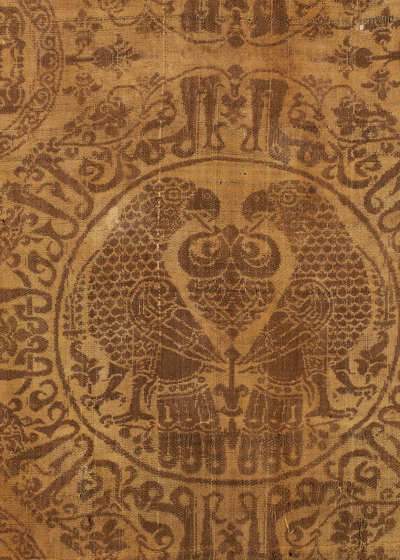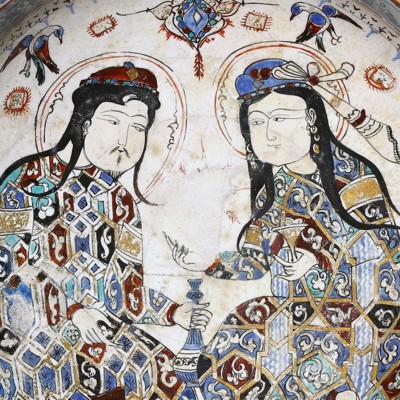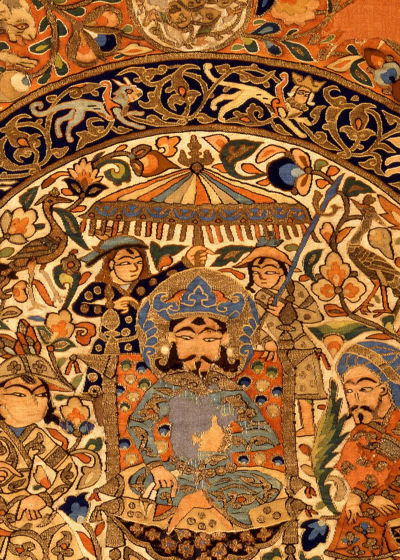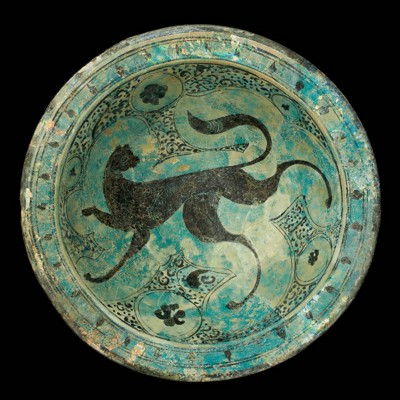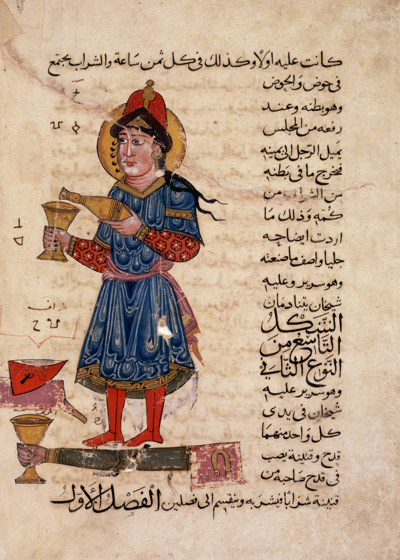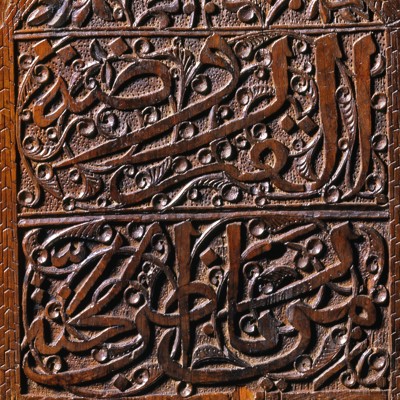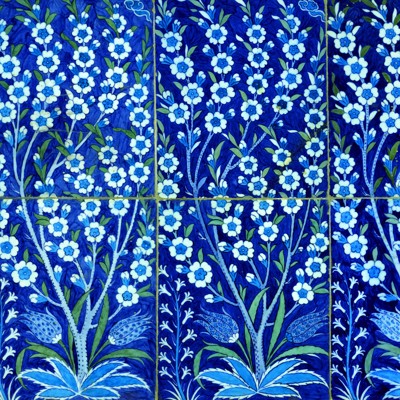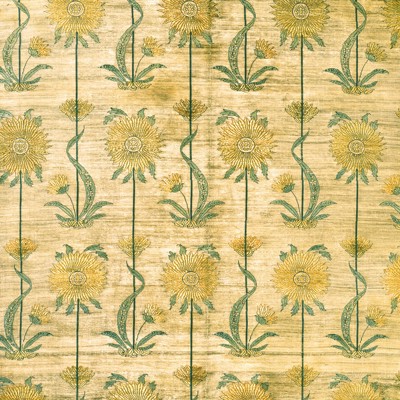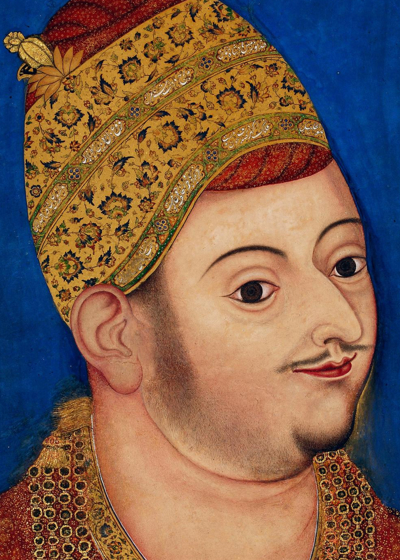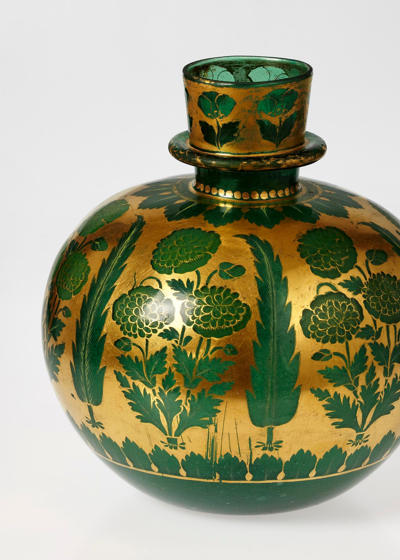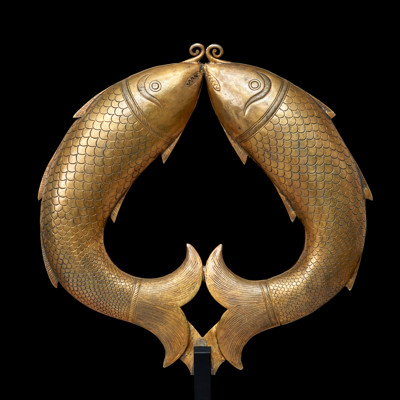The Umayyad Caliphate
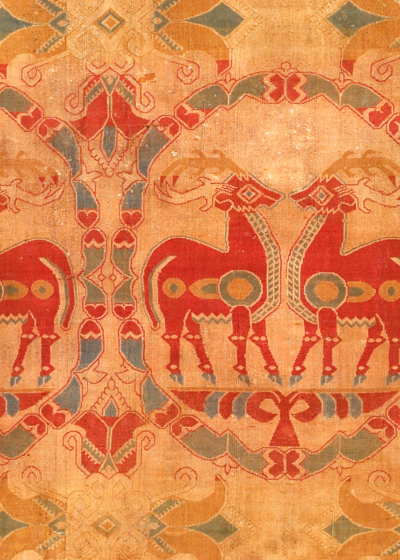
Year 661-749
When Ali, the fourth caliph and last Islamic religious and political leader with close personal ties to the prophet Muhammad, died in 661, the Arab governor in Syria seized power. Muawiya came from the Umayya clan in Mecca and founded the first hereditary Islamic dynasty, the Umayyads.
The Umayyads continued the rapid conquest of new territories, and the caliphate reached a size that has never been surpassed by a single Islamic realm.
The Muslim armies invaded Afghanistan and penetrated into the Indus Valley in northern India and far into Central Asia to China’s borders. In the west, they took all of North Africa, occupied the Iberian Peninsula, and continued on expeditions deep into central France. They maintained pressure on the Byzantine Empire, both on the Mediterranean Sea and on land. Islamic armies invaded Anatolia and besieged Constantinople, but were later forced back to eastern Anatolia.
The center of the Umayyad Caliphate was Damascus, where the caliph resided. The language of the court, the civil service, and the religious class was Arabic, but the realm was administered according to principles adopted from the Byzantine and Sasanian empires. Partly because of conflicts among the Arab tribes, the realm did, however, lack internal stability, and for periods it was virtually in a state of civil war.
The Umayyads took many features from the territories that they had conquered, but a new Islamic culture also slowly began to take form. At the same time, the realm’s new subjects adopted the Arabic language and Islam. A powerful symbol of the new empire was the development of a special Islamic coinage. Large-scale building projects, such as the Dome of the Rock in Jerusalem and the Great Mosque in Damascus, demonstrated the Umayyads’ artistic and political ambitions. They were built on sites where the temples and churches of other religions had stood before, and were embellished with extensive mosaic decorations and monumental Koranic sayings. The Umayyads’ palaces and hunting lodges in Syria were also richly ornamented, both inside and out. Sculptures and murals with princes and dancing girls show that rulers led a life of luxury in these “desert palaces.”
Apart from architecture, there are few artistic remains from the Umayyad period, and they are closely related to Late Antique, Byzantine, and Sasanian art. Works of art are often embellished with figurative elements such as animals and plants, frequently found as parts of large decorative patterns.
Geography
